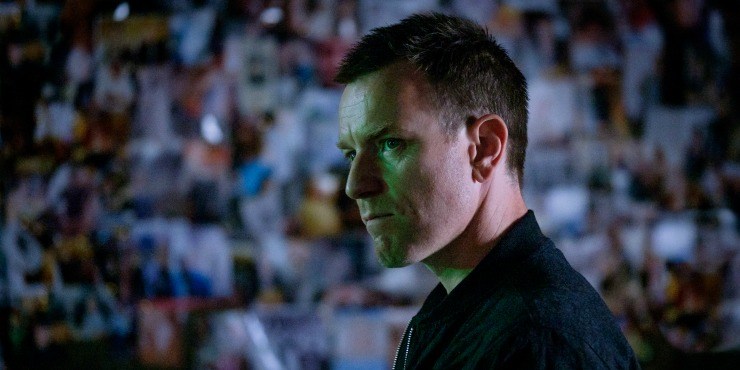
Here we have another reboot-esque sequel, another of the string of hot film franchises from the 80s and 90s getting revived for a quick buck and for everyone to very quickly forget ever happened.
However, “T2 Trainspotting” joins the ranks of the likes of “Mad Max: Fury Road” as a successful sequel after all these years; a film that’s able to stand on its own two strong feet whilst also working as a brilliant companion piece to complement (and perhaps strengthen) the original “Trainspotting” film from 1996.
Here are just a few of many examples of why this worthy sequel matches the groundbreaking and trendsetting qualities of the first film.
1. Getting the team back together
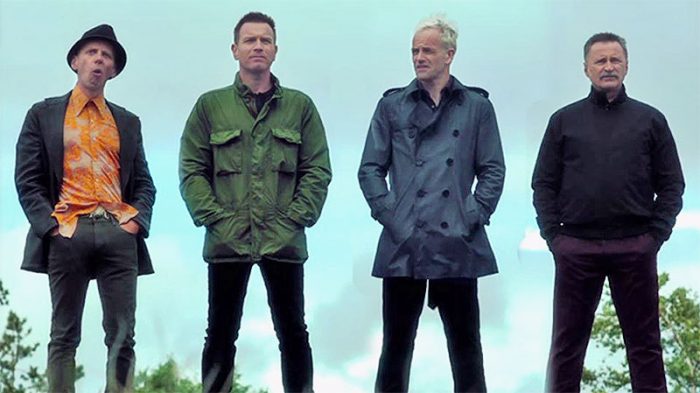
The quality of a sequel this many years after the first film usually depends on who from the original cast and crew makes a return. For “T2 Trainspotting”, the main four leads are back: Ewan McGregor as the reformed yet anxiously dissatisfied Mark; Jonny Lee Miller as Simon (better known as Sickboy) who’s still seething over Mark’s betrayal from all those years ago as he continues with his nefarious money-making schemes; Ewen Bremner as Spud, who is still the most prone to addiction, but creativity as well; and Robert Carlyle as Begbie, whose betrayal from Mark landed him in prison, which he escapes from as he officially goes on a death hunt.
As important as the cast returning is the crew returning. Danny Boyle had always been keen to revisit his sophomore film and did most of the work to instigate a sequel, as did screenwriter John Hodge who has worked closely with Boyle since their debut film together, “Shallow Grave”.
He’s crafted what is the second finest screenplay he has made (after the original “Trainspotting”, of course), one that makes the film both brilliantly and endlessly entertaining and enjoyable to watch, whilst commenting rather sadly on the state of affairs for the characters as they try to navigate their hopeless ways through middle age.
Although the excellent cinematographer and editor of the first film have been replaced, Anthony Dod Mantle does wonders with the imagery of this sequel, as has Jon Harris with the editing, who under Boyle’s tutelage have put together a very modern film that still runs in the same veins as the first film.
2. Maturity at presenting nostalgia
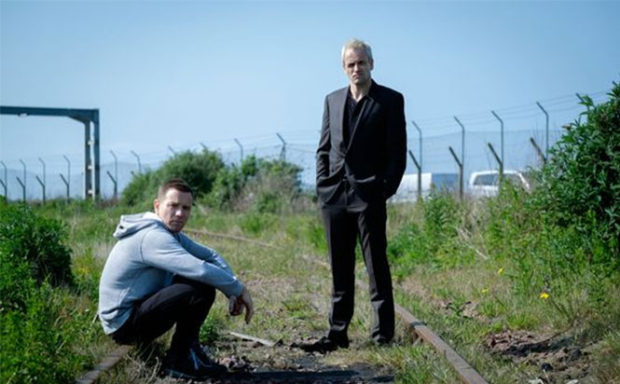
Whereas other sequels and reboots capitalize on nostalgia, parading familiar characters and props to get an easy stir from fans, “T2 Trainspotting” has a far more measured and clever approach to looking back at its predecessor and what has changed in that time.
This sequel is aware of the fact that it takes place 20 years after the first film and doesn’t just present nostalgia for the fans, but uses it as a theme. People in their mid-40s, especially former drug addicts, can be prone to looking back on the time spent in their lives with an anxious sort of regret, especially if they feel the culture they live in normalizes lives being pissed away.
Right from the beginning, “T2 Trainspotting” wears its references to the first film on its sleeve, but in ways that subvert our expectations, making nostalgia feel dark and sterile rather than warm and glowing. As Sickboy remarks in the film, “nostalgia makes you a tourist of your own past.”
Wise words from a junkie who can so easily give up heroin. Time only moves forward, but with the continuous and rigorous advent of life-recording technology, it only makes our culture more attached to the joys of the past rather than confrontational of the fears of the future.
Unlike reboots or long-awaited sequels that act simply as reunions, “T2 Trainspotting” rejects the romanticism of the past, opting instead for a more forward-thinking approach to how it can revisit these characters and the setting in which they reside. This is a key reason as to why it’s one of the more enjoyable sequels of our time, but it doesn’t mean this sequel avoids referencing the first film – in fact, it sort of wallows in it.
3. Clever, yet purposeful references to first film
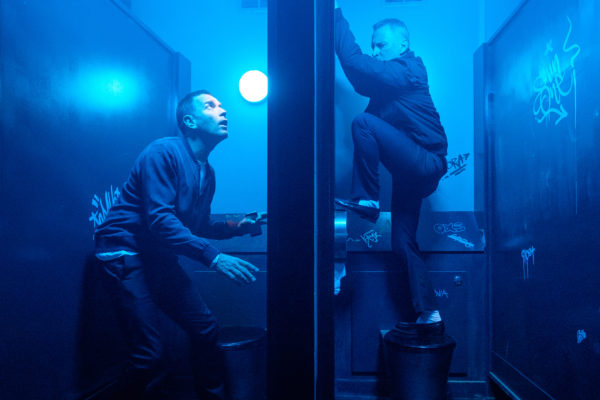
“T2 Trainspotting” is littered with references to the first film, even including a fair amount of footage from it. But these throwbacks aren’t simply to get an easy jolt out of the fans – they emphasize the time that has passed in 20 years. With Mark back in Edinburgh and Begbie out of prison, this reunion can’t help but make these characters feel a bit reminiscent.
This sequel begins straight away with a reference to the opening of the first film, but immediately shows us how much Mark has changed (or is trying to change) in all this time, showing him as a conformist to culture rather than the anarchist junkie he once was.
His “choose life” monologue that opens up the first film is given a new rendition midway through this sequel and it perfectly encapsulates the growth Mark has done in the past 20 years – it no longer has the stoicism or nihilism of the young junkie Mark, but the despair and regret and hatred that the middle-aged Mark has for his life, the lives of his friends, and the world.
All these clever and thematically-resonating references to “Trainspotting” are consistent throughout this sequel, right up to the last shot, which is a masterwork of its own that replicates and updates a classic shot from the first film by replacing the in-camera effects with simple, yet extensive CGI to show us what a dark and long tunnel the lives are for people like Mark.
4. Excellent use of music
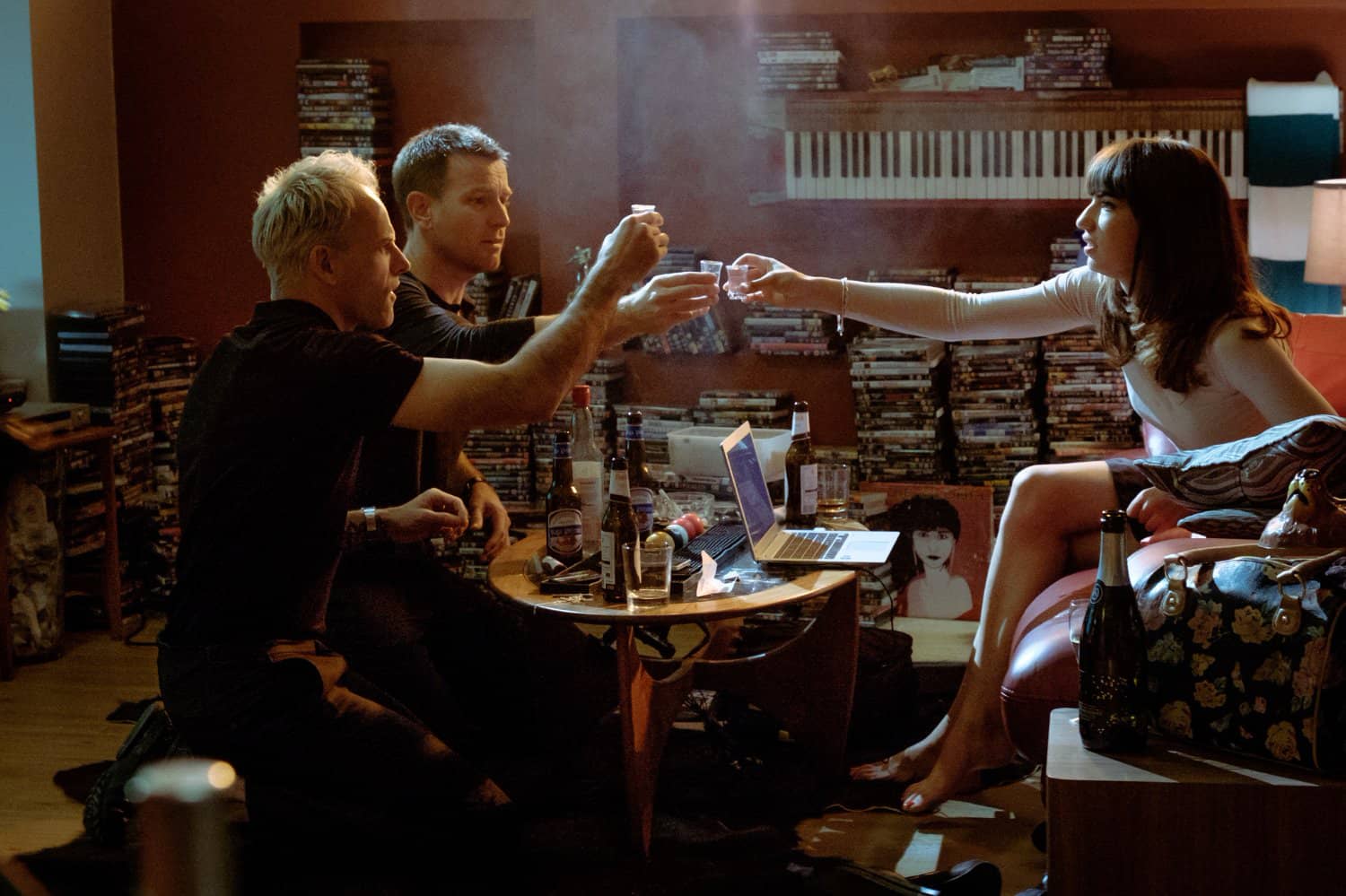
“Trainspotting” had one of the most iconic soundtracks of any film from the 90s, kicking off with the energetic Iggy Pop’s “Lust for Life” in a mad haze of withdrawal adrenaline before slowing down with Brian Eno’s lush “Deep Blue Sea”, “Perfect Day: by Lou Reed, and the two melancholic tunes from Underworld, “Born Slippy (NUXX)” and “Dark and Long (Dark Train)”.
The sequel’s soundtrack had a lot of hype to live up to, but it managed to do so as it updates the tunes with a modern touch, as well as referencing the music from the original in brilliant ways.
In the same way “Lust for Life” starts “Trainspotting” with a high-octane feeling as Mark is on the run, High Contrast’s “Shotgun Mouthwash” is another oomph-y way to begin a film, though it has an appropriately stilted beat that’s a little slower than the one in “Lust for Life”, which works perfectly with the spoken lyrics that address the bureaucratic modern day malaise, which is where middle-aged Mark is when we open up the film with him running for a different reason than in the first film.
It’s not just new music being used in brilliant ways like this, but 80s classics like in this scene that are used ironically both diegetically and non-diegetically, adding a very peculiar mood to an otherwise violent yet funny moment.
One of the most memorable uses of music occurs during the more reflective scenes, where very sparse synths from “Born Slippy” lightly appear, sounding like distant echoes of an era now gone where only remnants of the joys and melancholy from before exist.
There’s also another terrific “Born Slippy” remix (from Underworld themselves) that plays when the gang of friends make a decision whilst revisiting the outdoors mountain area from the first film, and coupled with the awe-inspiring cinematography and the way these shots are composited, it has quite the bold effect. These are just a few of many examples of how well “T2 Trainspotting” uses music, both old and new, to capture the zeitgeist of our times, similarly to what the original film’s soundtrack did in the 90s.